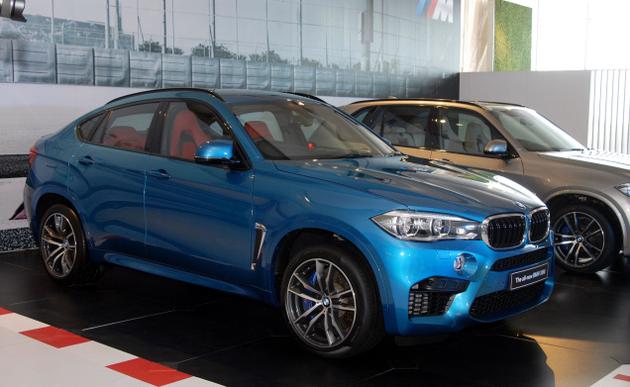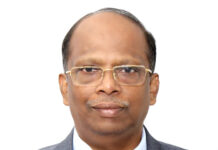Mercedes Benz, Audi and BMW dominated the luxury car market in the country in 2015 and affluent Indians will continue to hanker for their dream machines during this year too, analysts say.
The key factors for strong growth in luxury cars in 2015 include the numerous product introductions across price points, ramp-up of dealer network by the companies to emerging growth cities and better financing availability. This was supported by a strong focus on localisation of parts.
German luxury brands remained top sellers and dominated the market. Of the 50-odd new product introductions in the luxury car market during 2015, the three German brands – Mercedes, Audi and BMW – accounted for about 40 product introductions, include new vehicles as well as variants of existing line up. Among the three, Mercedes and BMW are expected to end 2015 with strong sales growth. The three brands are expected to report combined sales in the range of 31,000-33,000 units for 2015.
“A series of launches and importantly, the lowering price levels to enter the segment were important aspects of the segment in 2015,” said Kumar Kandaswami, Senior Director, Deloitte India. “The southern market catching up with the northern and western markets was significant too,” he said.
Despite the impact on its December sales due to the Supreme Court’s order on diesel vehicles, Mercedes Benz is set to emerge as the top brand by displacing its German rival Audi from that position. According to estimates, Mercedes is expected to report close to 12,500 units in 2015, while Audi’s volumes are estimated at about 11,000 units. BMW Group may end the year with sub-9000 units.
“2015 has been a satisfactory year for Mercedes-Benz and we are poised towards another year of growth. The Supreme Court’s ban on diesel vehicles in Delhi has created an environment of uncertainty for us and this has impacted our sales to an extent, as Delhi is a key market for us. However, we will end 2015 on a notable high than 2014, and we will have the third consecutive year with a sustainable double digit growth,” Roland Folger, Managing Director & CEO of Mercedes-Benz India said.The company has not only introduced 15 new products in 2015, but also opened 15 new dealer outlets. “We have expanded to newer markets, reached newer customer base. Similarly our finance and service support has been pivotal in driving immense value to our customers,” he added.
A majority of Mercedes’s portfolio starts from Rs.50 lakh onwards and these models account for about 2/3rd of its annual sales.
Though BMW’s volumes may be lower than the other two, 2015 may prove to be a satisfying year as the company would record decent growth after reporting sales decline for three years. Sharper focus on localisation and refreshed product portfolio has helped BMW to regain momentum.
During the calendar year, the company focused more on selling high-end models as part of its profitable growth strategy in India. However, BMW is now preparing to roll out entry level models to woo more buyers and sustain its growth momentum.
Though Audi is expected to report annual sales of over 10,000 units for the third consecutive year, the company has been facing stiff competition from its other two German rivals. Both Mercedes and BMW have upped the ante with their new models.
“2015 has been an exciting year for Audi. We had planned ten product launches for the year 2015 with an aim to launch a new product in every segment- the A range, the Q range and the performance car range,” said Joe King, Head-Audi India.
“Also, the Indian luxury car market has been seeing a very young profile of buyers coming in. An increasing number of young entrepreneurs and professionals from various fields are buying luxury cars and this affluent segment has been boosting our sales. The average of an Audi buyer is 30-35 years old. In fact, our young customer base is a very big strength. ,” he added.
Meanwhile, the Supreme Court’s ban on diesel vehicles with engine capacity of above 2,000 CC came as a shock for the industry and it is likely to have an impact on the sales of luxury cars during Q1 of 2016.
However, with swelling disposable incomes and growing aspirations of the people, industry analysts forecast an upward trend in sales over the medium-to-long term. “There was creditable growth in this segment, which is not a surprise,” said Mr.Kandaswami. “The festival season seems to have been particularly good. The fact that the corporates are expected to do well” this year would suggest even stronger growth, he said.






















